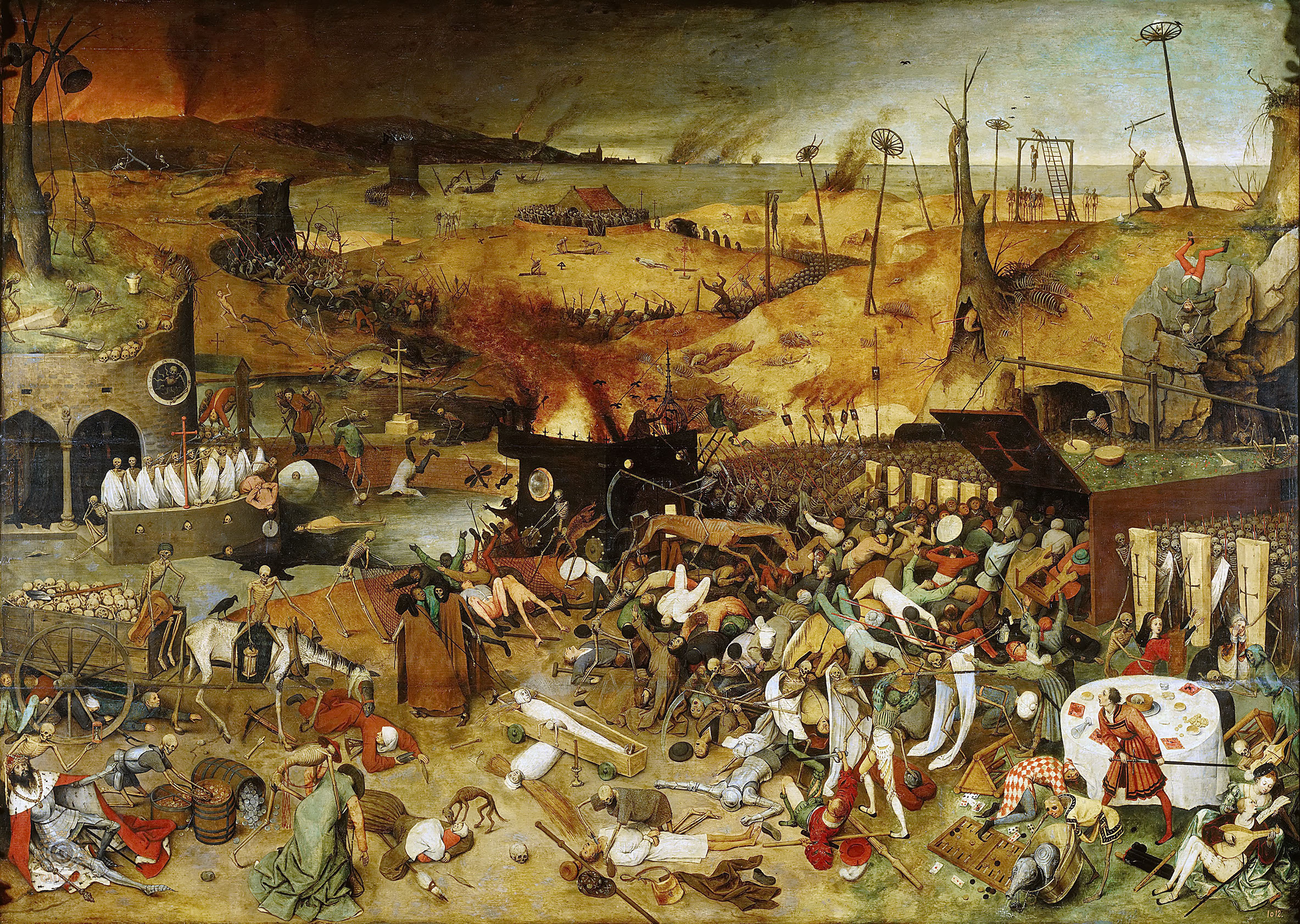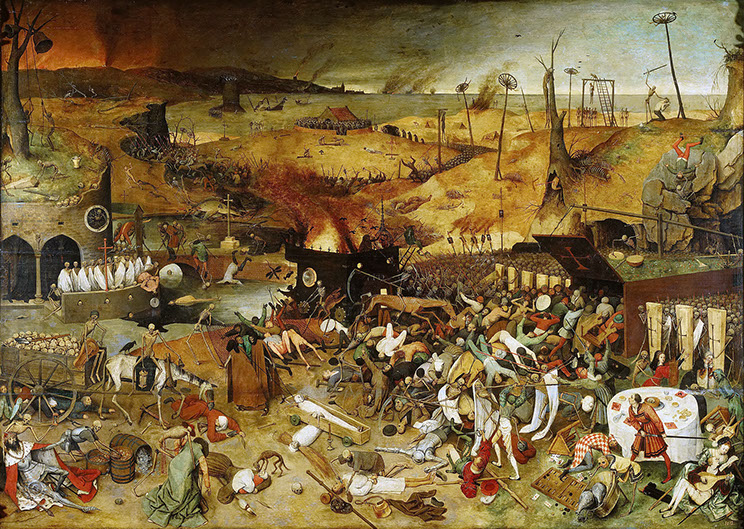A WORLD FROM THE VIEW OF THE PERSON "Art"
ABOUT THE FILM
Art where are you?
Art who are you?
Art, what can you do and what is your purpose?
SELF-PORTRAIT OF (U+2BD1) "je ne sais quoi" is a documentary film format that deals with existential questions of society.
The author Eduard Starcic seeks the answers to these questions in artists, their creative processes and their works of art. Starcic sees this ENCOUNTER at the same time as the encounter with the person "art" itself.
In discussions, Starcic first focuses on the mutual influences between art and socially relevant areas (science, economy, politics, spirituality). With the additional emphasis on the relevance, competence and the power source of art in everyday life, Starcic creates an impression that makes the viewer dream about the limits of the current state of society and its standards.
Through the composition of fictional filmic elements that reflect everyday life in society and the thoughts of art about it, as well as the questioning of "art" through documentary accompaniment of the artists, this film itself becomes a work of art, an answer, a thought, of art.
THE BACKGROUND, THE MOTIVES
The German cultural council wrote about art: “... Art, culture and cultural education are essential for every single person. Cultural education opens up new worlds, it offers the possibility of dealing with oneself and with art ... Despite the central importance of art, culture and cultural education for each individual and for society as a whole, these areas are repeatedly affected by waves of shortening. Some of them are only viewed from a financial point of view and only seen as beneficiaries and recipients of public money from the pockets of taxpayers. Such a consideration ignores the fact that the promotion of art, culture and cultural education is not a subsidy, but rather an investment ... "
"Art and culture as a lifeblood"
Statement by the German Cultural Council on the funding of culture, October 8, 2010
https://www.kulturrat.de/positionen/kulturfinanzierung/
So is it necessary to take the relevance of art in our society to a new level
and give it the position it deserves?
It is a rhetorical question for me, because through the research for this film I was able to convince myself that art, especially nowadays, is a good and important advisor, but also a strong opponent and fighter against the injustice that is sometimes caused by political or economic decisions.
"The revolution is not artistic, but art can be revolutionary." Jean-Luc Nancy
Describing the world with art at the top of society is a paradoxical thought. But, the fact that art has always played an important role in shaping society is undisputed
Giampietrino creator QS:P170,Q940454 Giampietrino creator QS:P170,Q940454 After Leonardo da Vinci creator QS:P170,Q4233718,P1877,Q762, Giampietrino-Last-Supper-ca-1520, als gemeinfrei gekennzeichnet, Details auf Wikimedia Commons
Leonardo da Vinci (1452-1519), Vinci - Hammer 2A m, als gemeinfrei gekennzeichnet, Details auf Wikimedia Commons
Leonardo da Vinci (1452−1519), Codex Forster Book I Fol 7, als gemeinfrei gekennzeichnet, Details auf Wikimedia Commons
anonym, Studies of Water passing Obstacles and falling, als gemeinfrei gekennzeichnet, Details auf Wikimedia Commons
"The need to express oneself artistically is part of being human in all societies. It is true that people's everyday lives would not collapse immediately if all artists stopped their work. But creativity follows a deep human need and can both make the artist happy also his fellow men, who are entertained, stimulated, touched or stirred up by the musicians, painters, comic artists and performers. "
Bullshit Jobs: „Vom wahren Sinn der Arbeit“ © David Graeber 2019
I kept asking myself questions about the relevance of art in our society. On the one hand it is one of the most important arteries of society, on the other hand, between politics, science and economy, it enjoys the least attention. But it influences everyday life and processes everything that occurs in people and brings it to light. Indeed, this task is a privilege.
The question one might ask is if art had the power to make decisions in human history, what would society be like today? Would it be "better" than it is today or would there still be one at all? Would there be wars, famine, inequality, economic crises?
Would something be different
or not?
Arnold Böcklin artist QS:P170,Q123071, Arnold Böcklin - Die Pest, als gemeinfrei gekennzeichnet, Details auf Wikimedia Commons
Pieter Brueghel the Elder artist QS:P170,Q43270, The Triumph of Death by Pieter Bruegel the Elder, als gemeinfrei gekennzeichnet, Details auf Wikimedia Commons
Recommendation: look at the picture
in large size
(click on the picture)
When I encountered the works of art,
I noticed that the
Art possessed the ability to deal with contradictions and opposites
in a protected framework
to incorporate and make them
expediently useful.
"Basically, it remains that it is very important to develop this concept of art where every living person can become a designer of a living substance.
That is the social organism."
Autor: © Joseph Beuys (https://de.wikipedia.org/w/index.php?title=Kunst_im_Sozialen&oldid=189550249)
Miscellaneous Items in High Demand, PPOC, Library of Congress, The bogle-Corrected, als gemeinfrei gekennzeichnet, Details auf Wikimedia Commons
People, society and art - they just have a lot in common or are theyone hundred percent opposing self-reflection? Which sources do they use and
who ultimately serves whom, man the art, art the man, or each other?
What can "art" do? What does it do with people? What future and what kind of society does it prefer? What solutions does it offer for a better future on earth? Art can imagine things; it plays with thoughts about the past, present and also, the future.
Gert Z Nordström, Atombomben 1958 s 42-43, CC BY-SA 4.0
Eugène Delacroix creator QS:P170,Q33477 , Eugène Delacroix - Le 28 Juillet. La Liberté guidant le peuple, als gemeinfrei gekennzeichnet, Details auf Wikimedia Commons
You always have to distinguish very precisely between what you can do technically, by hand or with instrumental aids or tools and what you can invent. Many of us can apply mathematical rules - hardly any of us could invent them. "
_____________________________
Author: Max Imdahl, art historian, 1979
The art presented itself to me as astonishingly "receptive", which succeeds again and again in turning things into an experience that LEADED to further knowledge about human existence.
IT'S behavior with events is like a game between sense and nonsense, between strength and fear, between belief and doubt. At the same time IT showeS ITself through IT works as an uncontrollable universe with an infinite depth, which is continually occupied with oppositeS, set in relation to one another .
Humans, society and art - do they just have a lot in common or are they, the one hundred percent opposing reflection of themselves? Which sources do they use and who ultimately uses whom, people the art, art the people, or both?
My aim in this film is to derive the contradicting conditions of today's social processes from the contrasts of contemporary art and to process them through the senses. I would like to describe these states, which are described by shapes, movements, colors and sounds and transferred into a work of art, as states of today's society and ultimately as my own.
Eduard Starcic (Writer & Director)
© SELFPORTRAIT OF (ART) "JE NE SAIS QUOI" 2021

